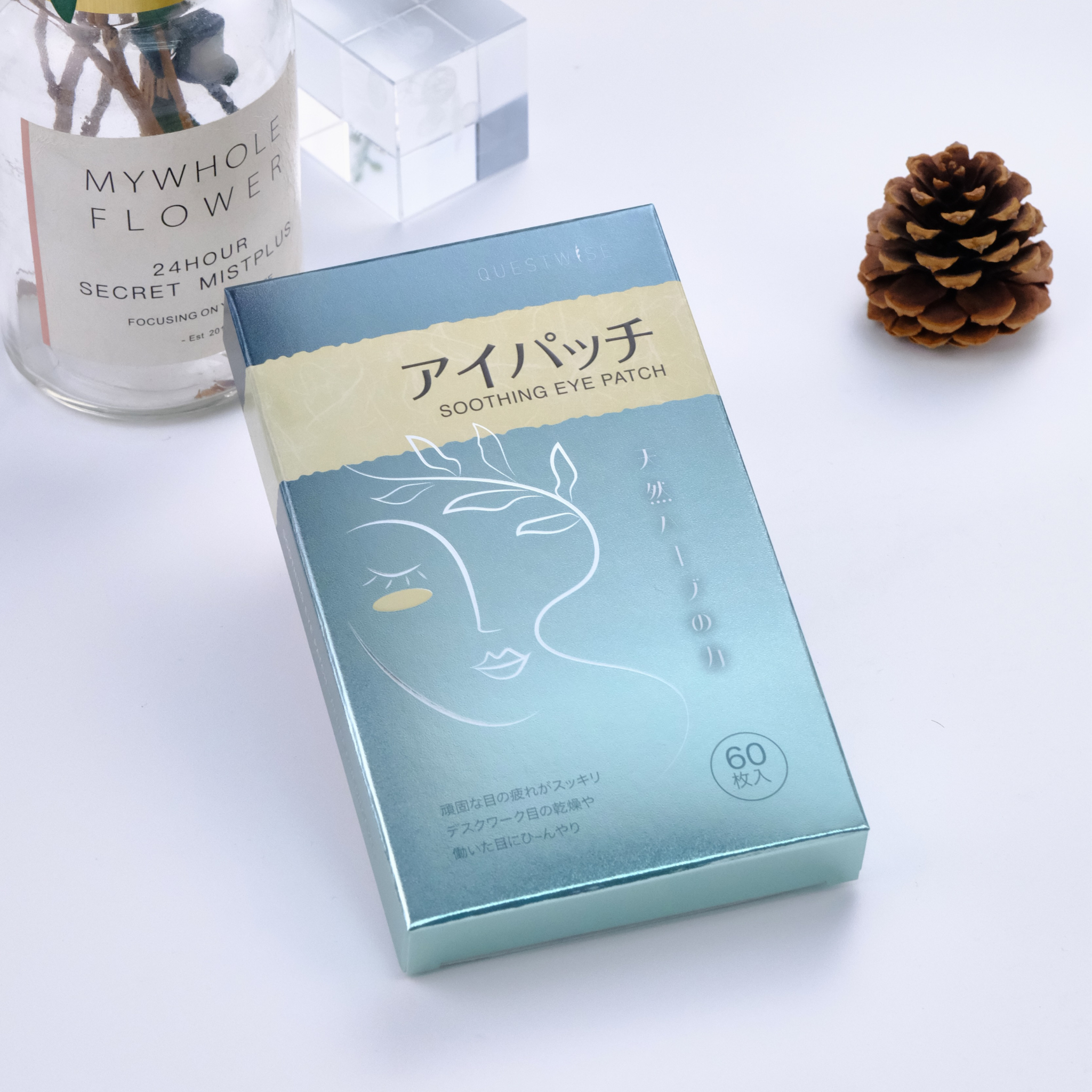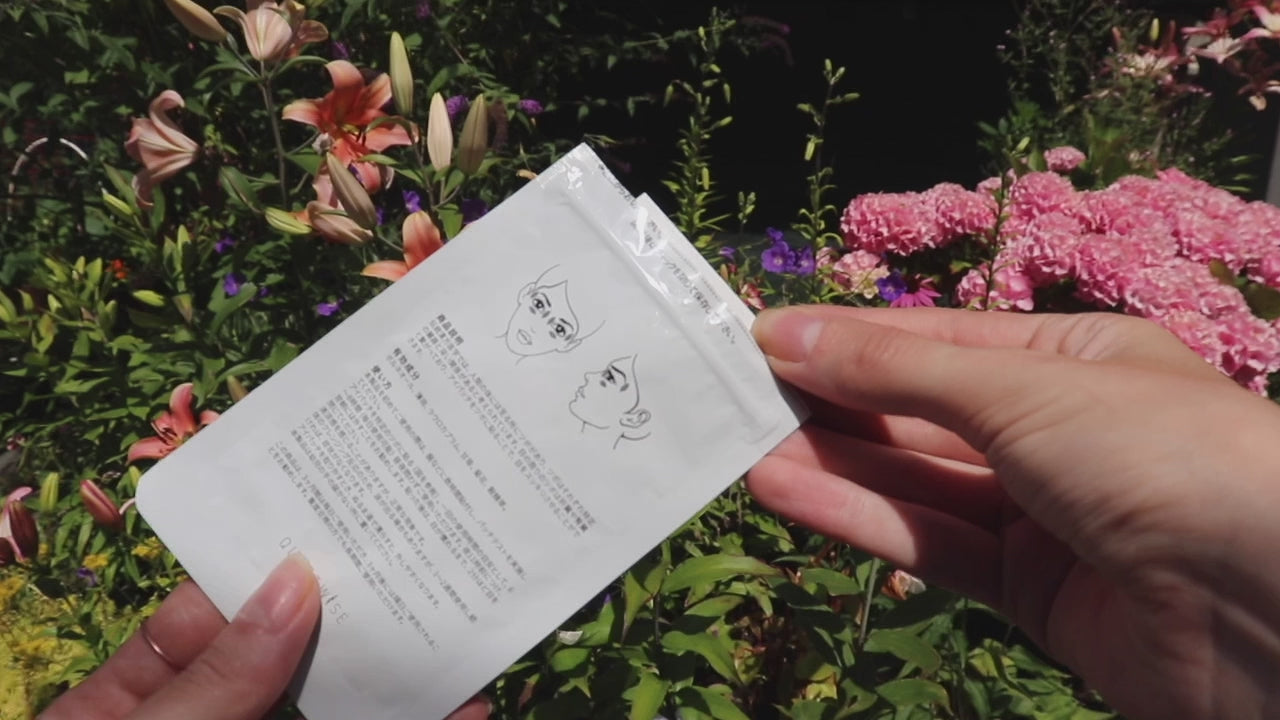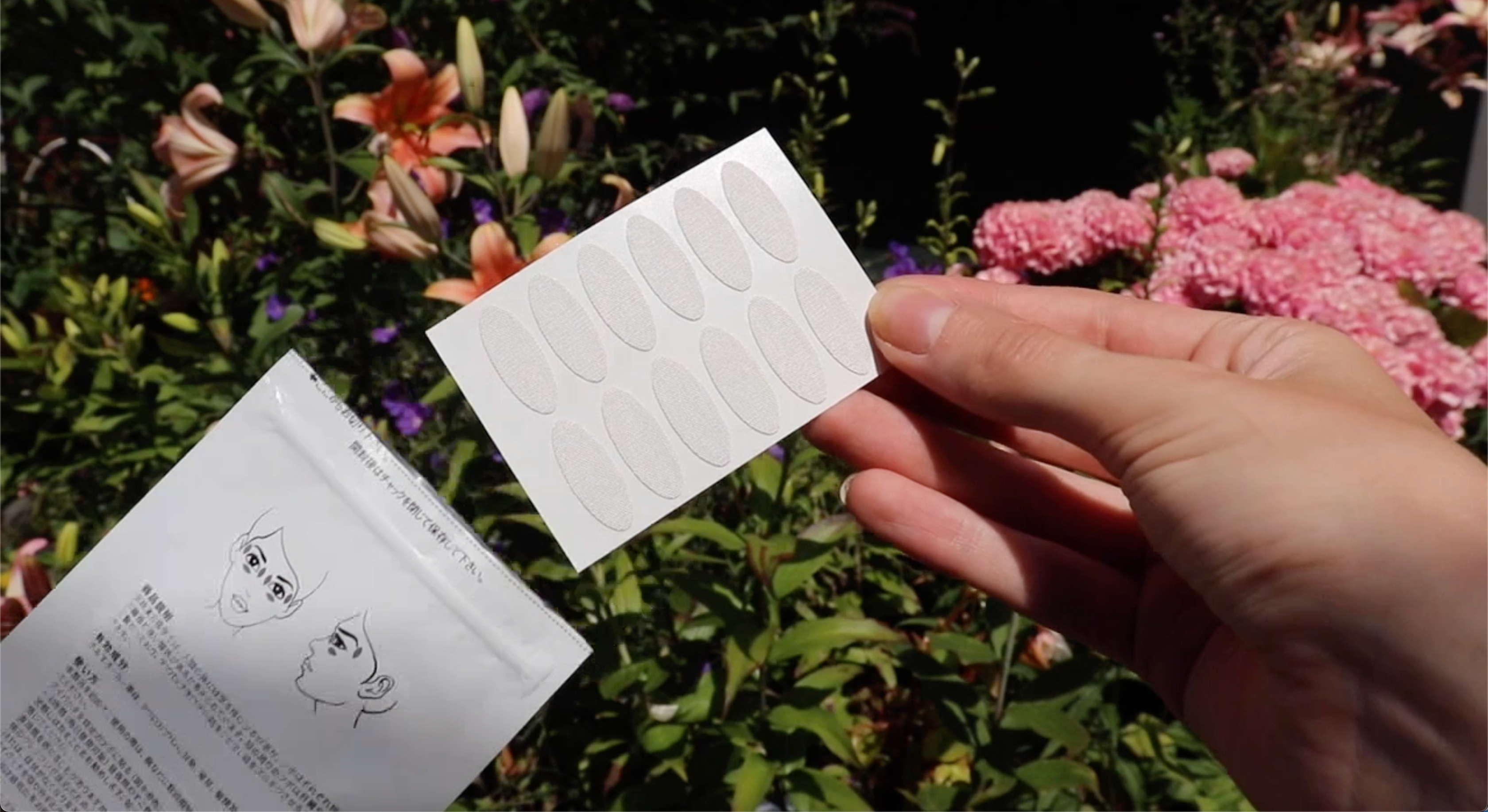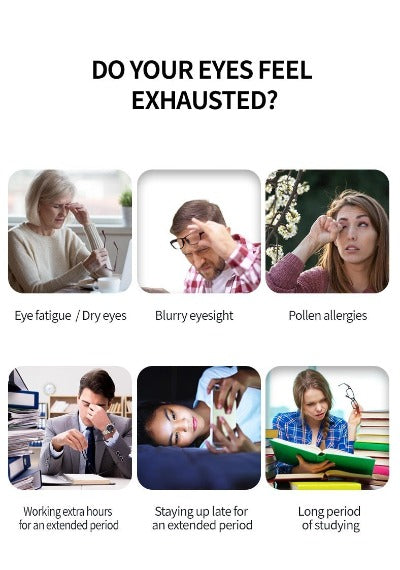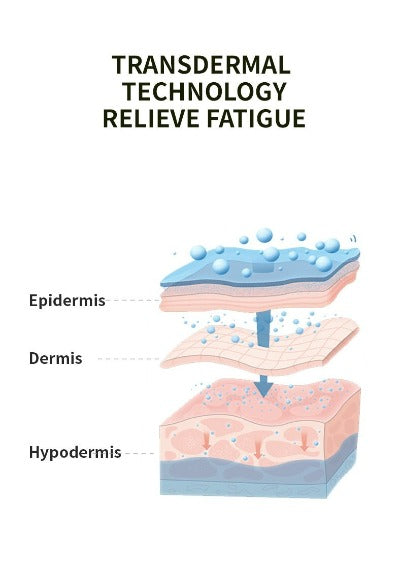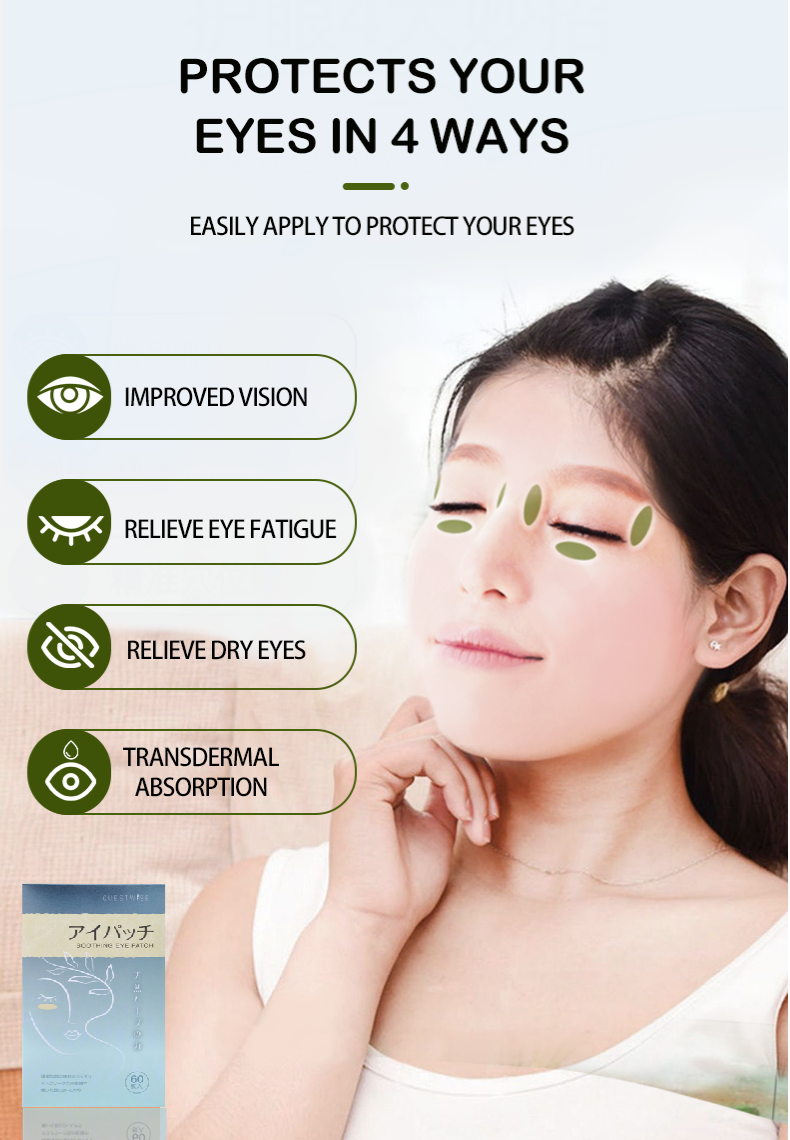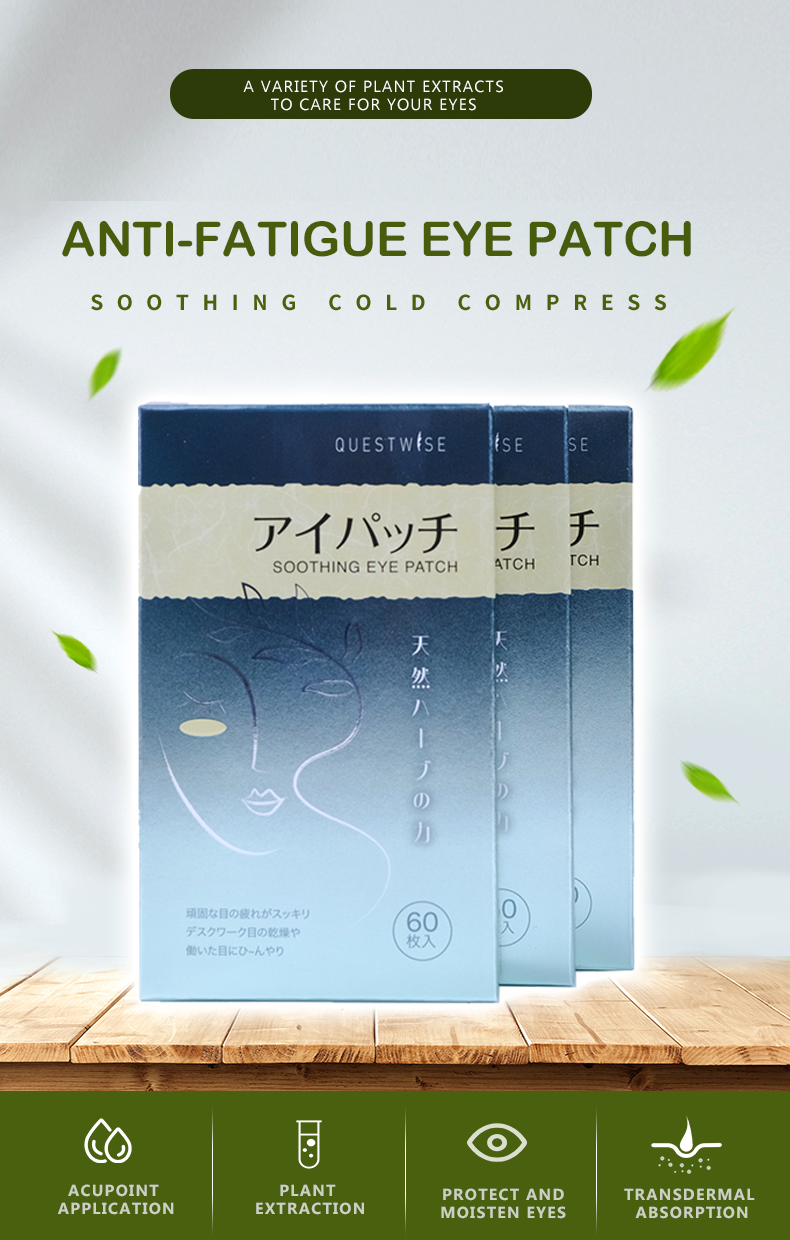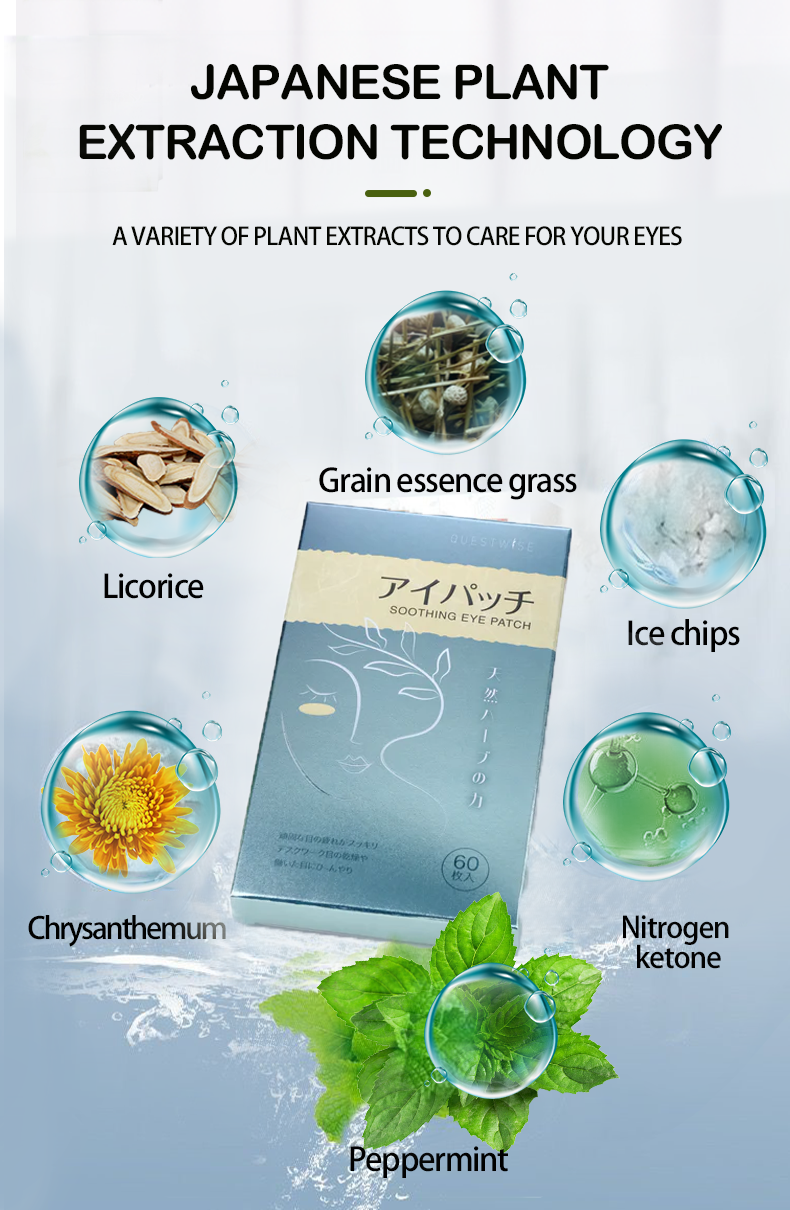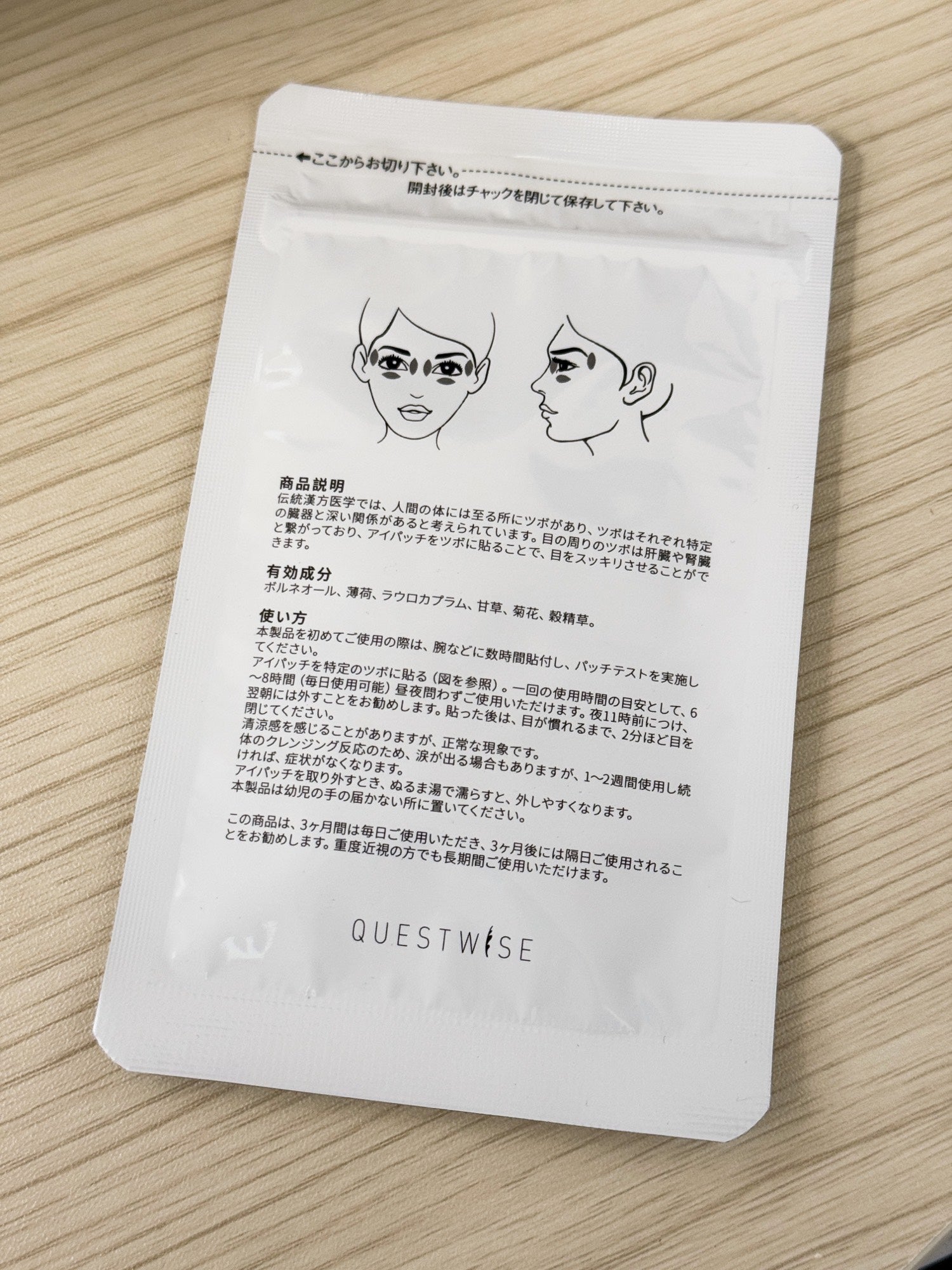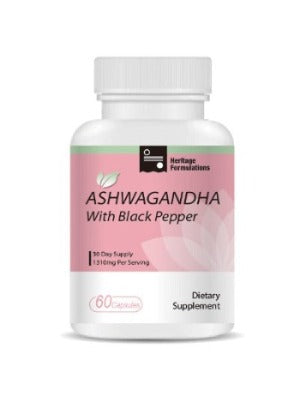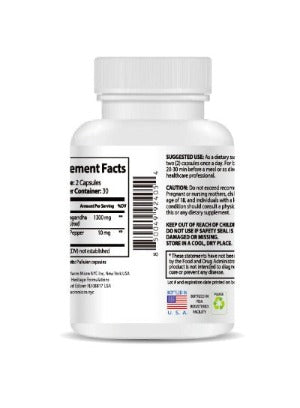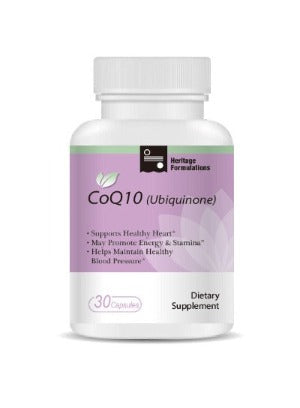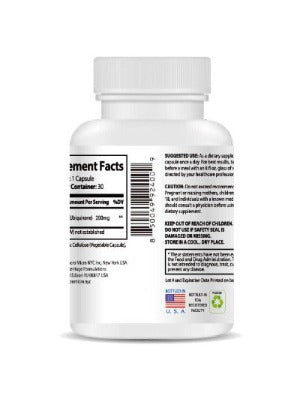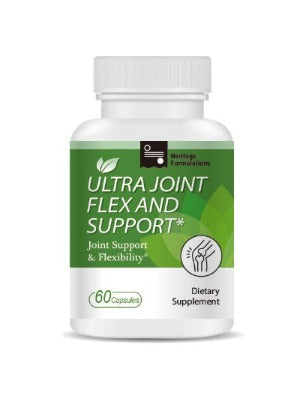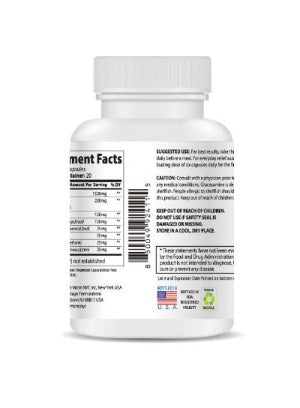Dry Eye and Aging: Why Seniors Are More Susceptible
It's a common story: as we get older, our bodies change. Our knees might ache, our hair might thin, and our eyes, once sharp and clear, may start to feel tired, gritty, or even blurry. This last symptom, a feeling of dryness and irritation, is often more than just a passing nuisance. It's a condition known as dry eye syndrome, and for many seniors, it's a frustrating reality. But why is this so common among older adults? Is it just a normal part of aging, or is there more to the story?
The truth is, a combination of biological changes and lifestyle factors makes seniors significantly more vulnerable to dry eye. This article will delve into the science behind this phenomenon, drawing on research to explain why older adults are so likely to experience this discomfort, and what can be done about it.
The Science of Tears: A Complex System
To understand why our eyes get dry, we first need to understand how they stay wet. Tears are much more than just salty water. They are a complex, three-layered liquid that is crucial for maintaining eye health and clear vision.
-
The Oily (Lipid) Layer: This is the outermost layer, produced by the Meibomian glands located in our eyelids. Its primary job is to smooth the tear surface and, most importantly, prevent the watery layer from evaporating too quickly.
-
The Watery (Aqueous) Layer: This is the thickest layer, produced by the lacrimal glands above the eyes. It cleans the eye, washes away foreign particles, and provides essential nutrients to the cornea.
-
The Mucous (Mucin) Layer: This is the innermost layer, produced by specialized cells on the surface of the eye. It helps the watery layer spread evenly over the eye's surface, ensuring it sticks and doesn't run off.
A problem with any of these three layers can lead to dry eye. For seniors, issues often arise with all three.
Research-Backed Reasons Why Dry Eye Is More Common in Seniors
Medical and scientific research has pinpointed several key reasons why aging is a major risk factor for dry eye syndrome.
1. Reduced Tear Production: The "Fountain of Youth" for Your Eyes Dries Up
One of the most significant factors is a simple decline in the production of the watery layer of tears. A 2017 study published in the journal Ophthalmology found a direct correlation between age and reduced tear secretion. As we age, the lacrimal glands, responsible for this layer, become less efficient. This is similar to how other glands in our body, like salivary glands, may produce less fluid over time. The result is a smaller volume of tears to lubricate and cleanse the eye, leading to a feeling of dryness and grit.
2. Meibomian Gland Dysfunction (MGD): A Clogged-Up Oily Layer
This is arguably the most common cause of chronic dry eye, and it is overwhelmingly prevalent in older adults. MGD occurs when the Meibomian glands become blocked or inflamed, causing them to produce less of the essential oily layer of tears.
A comprehensive review in The Ocular Surface journal highlights that the structure of these glands changes with age. They can atrophy (shrink), become clogged, or produce lower-quality oil. Without a healthy oily layer, the watery tears on the eye's surface evaporate at an alarming rate, often within seconds of a blink. This is why many seniors experience evaporative dry eye, where the problem isn't a lack of tears, but rather a lack of the right kind of tears to keep them from disappearing.
3. Hormonal Changes: The Estrogen-Dry Eye Connection
For women, the hormonal shifts that occur during and after menopause can have a profound impact on eye health. Estrogen and androgen receptors are present in the Meibomian and lacrimal glands. Research, including a notable study in the American Journal of Ophthalmology, has shown that the decline in estrogen levels can affect the function of these glands. This leads to a decrease in tear production and a change in the composition of the tears, making them less stable. This is a key reason why dry eye syndrome is more common in post-menopausal women than in men of the same age.
4. Systemic Conditions and Medications
As people age, they are more likely to have chronic health conditions and take multiple medications. Many common health issues and their treatments can contribute to dry eye.
-
Systemic Diseases: Conditions like Sjögren's syndrome (an autoimmune disorder that attacks moisture-producing glands), rheumatoid arthritis, and diabetes are all associated with an increased risk of dry eye.
-
Medications: A long list of widely-used medications can reduce tear production as a side effect. These include:
-
Antihistamines (for allergies)
-
Decongestants (for colds and sinus issues)
-
Antidepressants
-
Diuretics (for high blood pressure)
-
Beta-blockers (for heart conditions)
-
Sleeping pills
-
For seniors, who may be on a combination of these medications, the cumulative effect can be a significant and persistent case of dry eye.
5. Neurological Factors and Reduced Blinking
The nerves that control blinking and tear production can also become less responsive with age. A study in the Journal of the American Geriatrics Society suggested that older adults may have a reduced blink rate, especially when focusing intently on tasks like reading or using a computer. Fewer blinks mean less frequent distribution of tears across the eye's surface, which in turn leads to faster evaporation and dryness.
Additionally, certain neurological conditions, such as Parkinson's disease, which are more common in older adults, can also directly affect the blink reflex and tear production.
Practical Steps for Managing Dry Eye in Seniors
While the research clearly shows that aging is a major risk factor, dry eye is not something you just have to "live with." There are many effective strategies to manage the symptoms and improve eye comfort.
-
Artificial Tears: The first line of defense is often over-the-counter lubricating eye drops. Look for preservative-free options, especially if you use them frequently, as preservatives can sometimes irritate the eye.
-
Warm Compresses and Eyelid Hygiene: For those with MGD, warm compresses are a game-changer. Applying a warm compress to closed eyelids for 5-10 minutes can help loosen the oils in the Meibomian glands. Follow this with a gentle massage of the eyelids and cleaning with a specialized eyelid cleanser or diluted baby shampoo to keep the glands clear.
-
Lifestyle Adjustments: Simple changes can make a big difference.
-
Stay Hydrated: Drink plenty of water throughout the day.
-
Use a Humidifier: This adds moisture to the air in your home, especially during dry winter months or when using air conditioning.
-
Take Screen Breaks: Use the 20-20-20 rule: every 20 minutes, look at something 20 feet away for 20 seconds. This helps reduce eye strain and encourages blinking.
-
-
Nutritional Support: Some studies suggest that Omega-3 fatty acids, found in fish, flaxseed, and walnuts, may help improve the quality of the oily tear layer.
-
Professional Care: If symptoms are severe or persistent, it's essential to see an eye care professional. They can provide a proper diagnosis and recommend stronger treatments, such as prescription eye drops, punctal plugs (tiny devices that block tear ducts to keep tears on the eye longer), or in-office procedures to treat MGD.
The Bottom Line
Dry eye is a complex condition, and its higher prevalence in seniors is a result of multiple, interconnected factors—from natural tear production decline and hormonal changes to the side effects of medications. However, understanding the underlying reasons is the first step toward effective management. By working closely with an eye doctor and incorporating practical daily habits, seniors can find significant relief from the discomfort of dry eye and continue to enjoy clear, comfortable vision.
5 Q&A for Users with Eye Discomfort
1. Q: Is there a difference between "dry eye" and just having tired eyes? A: Yes, there's a key difference. "Tired eyes" or eye strain usually happens after intense visual tasks, like reading or using a computer for a long time. It can feel like your eyes are heavy or achy. Dry eye, on the other hand, is a medical condition caused by a problem with your tears. The symptoms are more specific, including a gritty feeling, burning, redness, and a constant feeling like something is in your eye. While eye strain can sometimes contribute to dry eye symptoms, they are not the same thing.
2. Q: Can diet really help with dry eye? Which foods are best? A: Yes, your diet can play a supportive role! The most studied and recommended dietary component for dry eye is Omega-3 fatty acids. These healthy fats are believed to help reduce inflammation and improve the quality of the oily layer of your tears. You can find Omega-3s in fatty fish like salmon, tuna, and sardines. If you're not a fan of fish, you can also get them from flaxseed, chia seeds, walnuts, and Omega-3 supplements.
3. Q: How do I know if the over-the-counter eye drops I'm using are the right ones? A: The best way to know is to check the ingredients and how they make your eyes feel. If you have mild symptoms, any lubricating eye drop might provide temporary relief. However, if you're using drops more than four times a day, look for preservative-free drops. Preservatives can sometimes irritate the eye with frequent use. If your eyes still feel dry despite regular use, you might need a different type of drop that targets a specific tear layer, and it's best to consult an eye doctor for a personalized recommendation.
4. Q: I wear contact lenses. Can I still use eye drops for dry eye? A: This is an important question! Some eye drops are safe to use while wearing contacts, but many are not. Look for drops specifically labeled as "rewetting drops for contact lenses." If a bottle doesn't mention contacts, it's generally best to remove your lenses before applying the drops and wait at least 15 minutes before putting them back in. Using the wrong kind of drop with your lenses can cause irritation or cloudiness.
5. Q: Is dry eye permanent? A: Not necessarily. While chronic dry eye is a persistent condition, it is almost always manageable. For many seniors, dry eye is linked to ongoing factors like age-related changes or other health conditions, so it may require long-term management. However, with the right combination of daily habits, over-the-counter treatments, and professional care, symptoms can be significantly reduced, allowing you to live a more comfortable life. The key is to find the right treatment plan that works for you.


